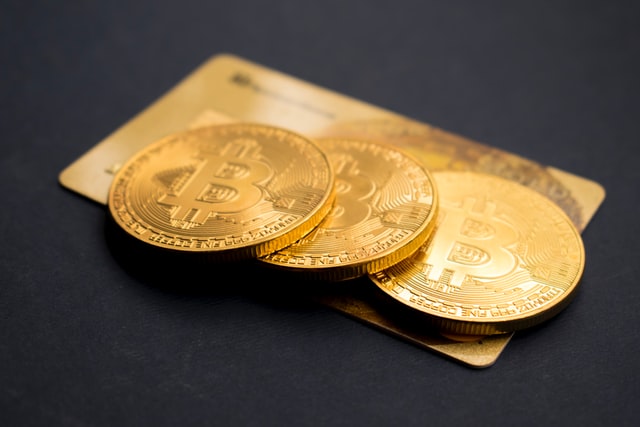
Australian investors might choose to focus on their own country. The western part of Australia, which is now the second-largest gold-producing nation in the world, is a location that mining and exploration corporations are growing interested in. Australia’s gold output had another strong year in 2021, increasing just 2 MT from the year before to 330 MT. New prospecting in Western Australia’s Pilbara area has reignited interest and increased the nation’s steady gold output.
Despite being one of the world’s top producers of iron ore, the Pilbara region is now experiencing increasing gold exploration as a result of a significant finding made in 2017 by Novo Resources and Artemis Resources. Your portfolio can benefit greatly from diversity by adding some gold shares. This is because investors regard gold as a safe-haven asset – meaning it tends to keep its value, even during a weak market or recession.
In a down market, exposure to gold can therefore help shield your portfolio from severe losses. Investors will start placing their money into gold, which will increase the price, as shares and other risky assets decline. As a result, your gold shares may increase in value even when the prices of the majority of your other shares decline.
Benefits to Investing in Gold
Many of the same advantages as buying gold directly may be obtained by investing in gold stocks. Among the primary benefits are:
Risks
Low-returning – gold has established itself over time as a reliable store of wealth. It is often a low-risk, low-return investment as a result. This means that unlike certain growth shares, its value is unlikely to increase rapidly.
Company-specific hazards – In addition to the price of gold, you can also be subject to additional risks depending on the type of gold share you invest in. For instance, a mining exploration business may run out of money and cease operations, or production costs for some miners may rise, adversely affecting revenues.
Investing in Physical Gold
Physical gold is frequently recommended by professionals as a safe entry point into the market for Australians wishing to invest in the gold sector. Investors may purchase and sell as much physical gold in Australia as they like because there are no minimum or maximum limits on the quantity of the yellow metal that can be kept in one’s possession by the government.
Although it’s important to keep in mind that certain banks technically do not allow the storing of gold, this is stated in the terms and agreements that clients must agree to when they register. Australian residents who are private investors should also be aware that actual gold cannot be insured.
Exemplars of Physical Gold Purchases are:
Investing in Gold ETFs
ETFs, or exchange-traded funds, are another well-liked method of gaining exposure to the gold market. They are easily accessible and tend to be less dangerous because they trade like stocks on an exchange.
Gold ETFs available for purchase on the ASX are:
Any advice provided by Investor Desk is general in nature only and does not take into account the personal financial situation, objectives or needs of any particular person.